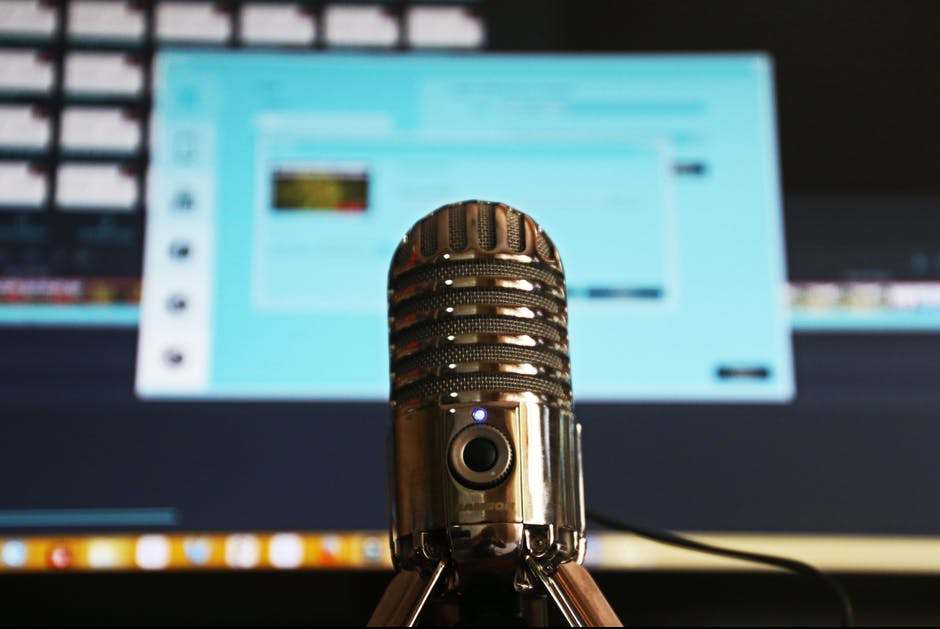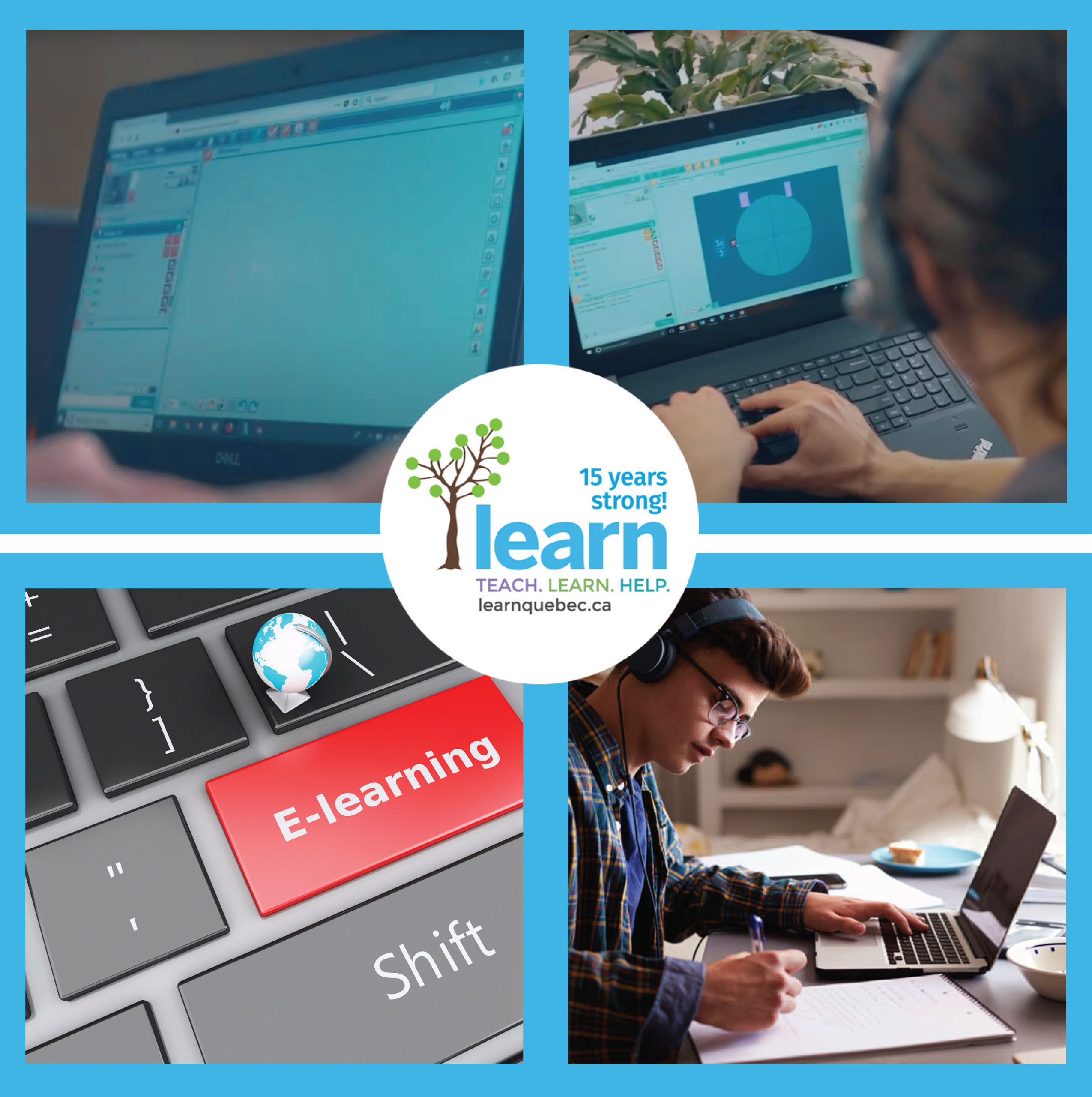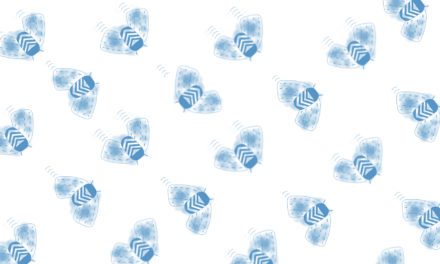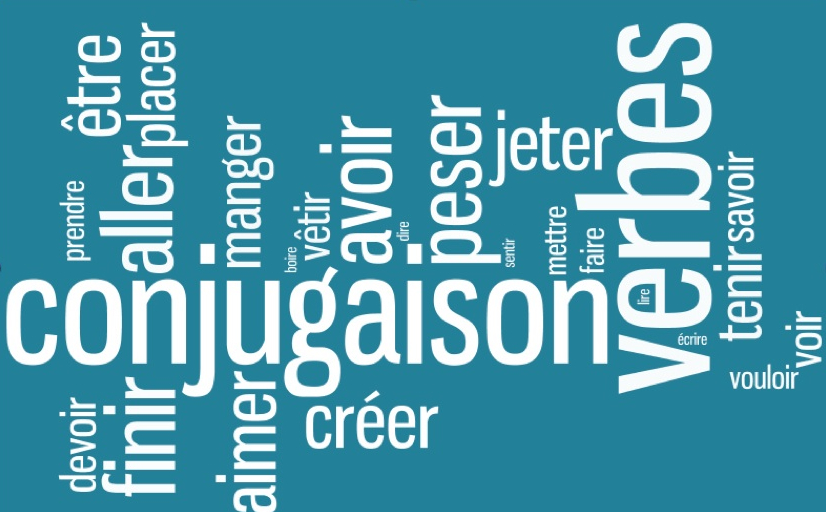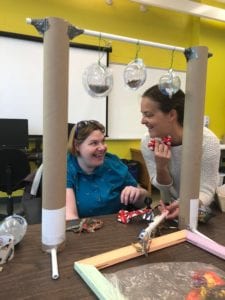
Louise Campbell and CARE Client Angela chat while building adaptive instruments (The CARE Recycle Band, Culture in Schools project, 2019)
What will art education look and sound like in your school over the coming year? Whether in an elementary school, a high school, a university or another establishment, the answer to this question is likely to change multiple times in the weeks and months to come. I don’t have any answers for you – but I do know that the shift necessitated by the pandemic has pushed me and all the people I work with to ask questions, listen carefully to each other’s answers, and think creatively about how we make art.
For instance, take the podcasting project from the C.A.R.E. Centre, a partner of EMSB, featuring people with severe physical disabilities, many of whom are non-verbal and use assisted forms of communication. Podcasting? With people who are non-verbal? Our initial plan was pretty different from how it’s turned out – and what is coming out is amazing.
The podcasting project Stories of Care was slated to begin in person at the C.A.R.E. Centre on March 23, 2020. As we all know, closures began on March 13. I had just gotten back from a number of flights, train trips, and public transport through Alberta and Ontario. As some of the clients at C.A.R.E. have complex health needs, it was clear that going into the C.A.R.E. Centre in person was a very bad idea. The last thing I wanted to do was to unwittingly be a carrier of coronavirus. Fast-forward a week or two to when I had a conversation with the partners in the project, Olivia Quesnel, the Executive Director of the C.A.R.E. Centre, Isak Goldschneider of Innovations en concert, and Tim Brady of Bradyworks, and we all agreed: podcasting is an ideal project to do at a distance.
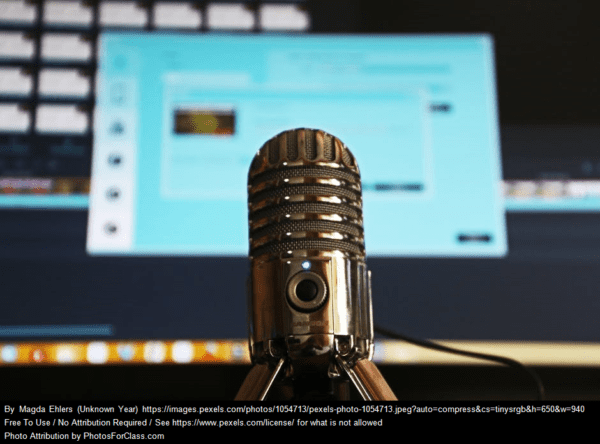 Um. Okay. Now we’ve got to do this…
Um. Okay. Now we’ve got to do this…
Luckily for me, one of the most beloved programs at C.A.R.E. is C.A.R.E. Radio, which we quickly converted to Zoom. Caregiver Bruno moved seamlessly into being a fabulous host, just as he is normally in person at C.A.R.E. Whereas I fumbled around learning to be a Zoom DJ, giving clients, caregivers, and family members a chance to talk and see each other while sharing music from a distance. The online video platform became the bridge to our clients and a way to move forward with the podcasting project.
What really made this podcast project fly was Olivia Quesnel’s amazing ability to think creatively about how to connect with people. As a regular part of her job (Executive Director of the C.A.R.E. Centre), Olivia cultivates connections with C.A.R.E. clients using multiple platforms to find the best way for each client to communicate depending on their abilities and home situations.
The necessity for connecting at a distance pushed this creativity around communication methods even further. The platform used may be one that I had used daily but their method of using it could be quite different. For example, Olivia set up a daily phone call with one of the clients during which she asked yes-no questions, while he responded by pressing the touchpad once for ‘no’ (beeeeep) and twice for ‘yes’ (beep-beeeeeep!!). A combination of archival recordings, with the short instructional videos where I animated activities for C.A.R.E clients to do at home, as well as the phone and Zoom calls between myself, Olivia, caregivers, clients, and family members gave us what we needed for a podcasting series: audio material!
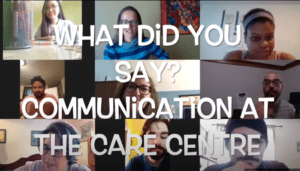
C.A.R.E. staff, guided by Louise Campbell, discuss communication.
There have been many, many firsts for me in this project – such as, online arts facilitation, video editing, Zoom DJ-ing, and learning about the in’s and out’s of various communication tools used by clients at C.A.R.E. (this is the topic of multiple podcast episodes from Stories of Care). The biggest thing I will remember and treasure from this project is the power of human connection – that is, our ability and drive to connect to the people we care about.
I am absolutely grateful for the support from the musical team in this project – I could not have done this without Isak Goldschneider, Tim Brady, Nick Hyatt and Amy Horvey – and I have an immense amount of respect for the warmth and humanity shown by the clients, caregivers and families at C.A.R.E. If we can make a project like this happen on ten day’s notice, we can all continue to make music and enable the arts to happen over the course of this year. We just need to keep talking, thinking creatively, and helping each other out. Without question, there will be challenges along the way but we can do this together.
In this spirit, I will use my blog, Making Music with Everyone, as a platform to share ideas and activities for music creativity tailored to our shifting landscape of music and music education. Feel free to sign up to receive monthly-bimonthly blog posts, reach out and ask questions, or peruse the musical games and activities already posted in the blog. If I have ideas or connections with people who can give you a hand, it will be my pleasure to share some of my methods or to put you in contact with others.
As Bruno would say at the end of a C.A.R.E. Radio episode:
Stay tuned next time for more Stories of Care. Peace!
And the chatter begins from the clients and family: That was so fun! I loved your jokes! Are you coming to the Zoom dance party tomorrow? Hey, can we do a Zoom call later? Bye, everybody! See you next time!
Listen here to the first six episodes of: Stories of Care
Stories of Care is produced by the C.A.R.E. Centre, Innovation en concert, Bradyworks, with funding from Quebec’s Schools Host an Artist of Culture in Schools.

